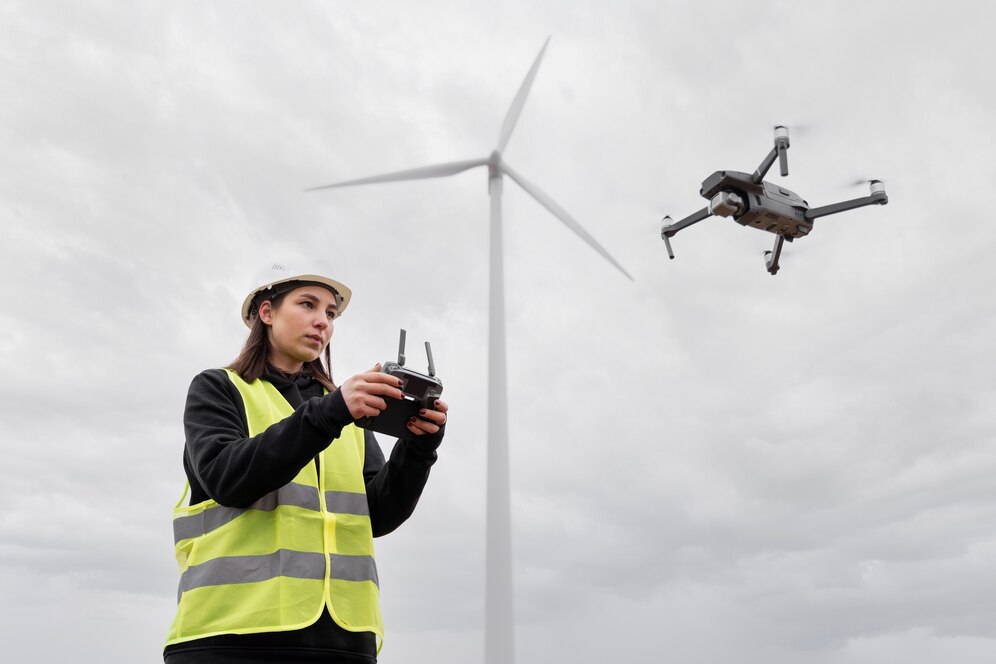Introduction
The construction industry has traditionally been labor-intensive, but technology is changing everything. From robotic bricklayers to 3D-printed houses, automation is transforming how we build.
The big question: Is automation a threat to construction jobs, or an opportunity for industry growth?
1. How Automation is Changing Construction
a) Robotics and AI-Driven Machinery
- SAM (Semi-Automated Mason) can lay 3,000 bricks per day, compared to 500 by a human.
- Autonomous bulldozers and cranes are increasing efficiency on job sites.
b) 3D Printing in Construction
- Homes can be 3D printed in under 24 hours, reducing material waste and labor costs.
- Cities in China, the UAE, and the U.S. are already adopting 3D-printed infrastructure.
c) Drones for Site Inspections
- Drones provide real-time monitoring of construction projects.
- They improve safety by detecting hazards before accidents happen.
2. The Pros and Cons of Construction Automation
✅ Benefits of Automation
✔️ Faster project completion
✔️ Lower labor costs
✔️ Improved safety and accuracy
❌ Challenges of Automation
❗ Potential job displacement
❗ High initial investment in technology
❗ Need for worker retraining and upskilling
3. The Future: A Human-Machine Workforce
Instead of replacing workers, automation will redefine roles:
👷 Skilled laborers will operate and maintain AI-driven machinery.
📊 Data analysts will optimize construction site operations using AI insights.
🔧 Technicians will manage robotics and 3D printing processes.
Conclusion
The rise of automation is a game-changer for construction, offering faster, safer, and more cost-effective building solutions. However, successful adoption will depend on balancing technology with human expertise.
Is your business ready to embrace the future of automation?

